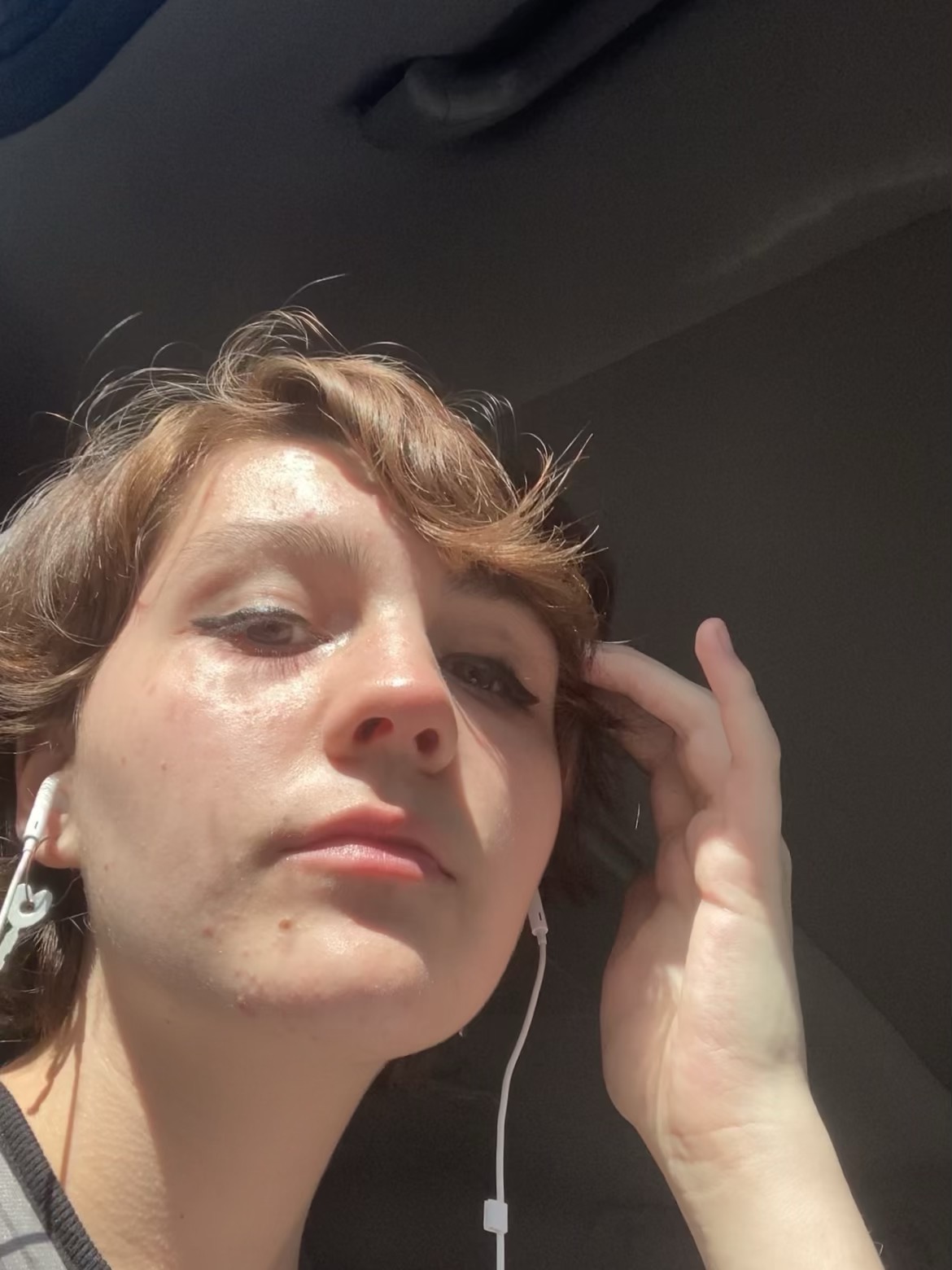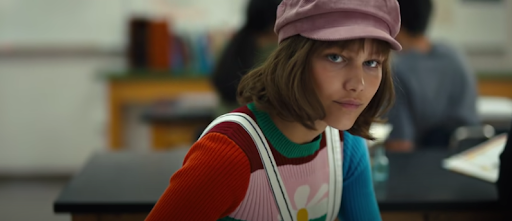Throughout history, there has been a pattern of excluding and misrepresenting women through stereotypes and tropes in literature. We can see this pattern in several aspects of life, and the world of writing is no exception.
Female writers often had to go by pen names just to be published. Some cultures didn’t allow women to even learn how to write. Women often had their work stolen from them by men, then were never credited and ended up lost in history.
Female characters have been poorly written for years. They’ve been stigmatized by sexist stereotypes, awful tropes, and disgraceful character development. This writing reflects itself not only in literature, but in other media like film and advertising.
What is a Trope in Literature?
A literary trope is, at its core, a well-known and typical character type or scenario. Characters who fit these tropes share common traits across different novels that make them recognizable. Tropes can also be called cliches, but cliches are usually much more noticeable–while it may take a while to recognize a trope. Some character tropes in literature would be “the Chosen One”, or the dark and brooding male love interest
Literature Tropes Used in Writing Women
“Not Like Other Girls:”
Probably the most prominent toxic trope in writing women today, the “Not Like Other Girls” trope may seem fine at first, but when looked into, is incredibly harmful.
In this trope, the lead female character is not a “typical” female, presenting with a masculine style and a passion for more masculine interests. While, of course, being masculine is never a bad thing, the trope also comes with a hugely negative viewpoint of femininity, and the over-glorification of masculinity. Young adult Dystopian novels specifically are notorious for this trope.
Example: Katniss Everdeen from The Hunger Games by Suzanne Collins
(Disclaimer! Katniss is a great character, but she still–sadly–fits this trope.)
The Rich Mean Girl:
I’ve seen the Rich Mean Girl much more often in film–especially in teen films–than in literature, but it’s still a prominent trope in both forms of media. The Rich Mean Girl is just what she sounds like–a rich, spoiled, popular, and pretty girl who bullies the lead protagonist.
Every single Rich Mean Girl I’ve seen is blonde, dumb, and usually very into fashion. Besides being sickeningly overdone, I hate this trope, again, for its demonization of femininity–hyperfemininity in particular. It associates femininity with being self-centered, jealous, and overall rude. This trope goes hand-in-hand with the “Not Like Other Girls” trope: Usually the rival to the protagonist, or the competition keeping the protagonist from their love interest.
Example: Regina George from Mean Girls
Manic Pixie Dream Girl
The Manic Pixie Dream Girl is this otherworldly character, someone so strange she seems almost like a myth or a caricature. This trope is nearly always associated with the love interest to a lead male character, which makes very little sense considering the Manic Pixie Dream Girl is a much more interesting character than the bland protagonist. The Manic Pixie Dream Girl is an odd, quirky girl who serves little purpose other than bringing some sense of life and adventure into the bland life of the male protagonist. The problem isn’t with the girls in themselves — it’s the shallow way they are portrayed to benefit the men and boys in the audience.
Example: Stargirl from Stargirl by Jerry Spinelli
The Jealous Woman
The trope of the Jealous Woman is one of my least favorite tropes of all time. The Jealous Woman wants something another woman has in the story–a boyfriend, husband, social status–and this makes her bitter and ugly towards the other woman. This trope also affects the characters friendships: the Jealous Woman is willing to ruin her relationships with her friends if she gets what she wants. Women in this trope are portrayed as manipulative, lying, and even crazy. This has an awful effect on the way female relationships are viewed, and is one of the main reasons it’s so important to have strong and healthy friendships between female characters!
Examples: Gen Mitchell from To All the Boys I’ve Loved Before by Jenny Han
How Can We Fix This?
These harmful tropes are everywhere–in books, movies, shows, video games–and they’re doing a lot more damage to the way women are viewed and presented than they might seem. How can we avoid these tropes, though? I’m definitely not saying that you shouldn’t read any books with these tropes, but I do believe it’s important to be able to recognize these tropes when they appear and be able to realize that they do not reflect reality.
As time moves forward, I’ve seen these tropes in literature appear less and less in the media. I believe that this decline in tropes is partly thanks to the feminist movement and the spread of influence that powerful female role models have today. More strong female characters are everywhere in the media now, characters that are complex and not an afterthought.
My advice to writers: do research! Study the women in your life, and study these tropes so you can avoid writing them. In time, these tropes may be erased altogether.

Hi! My name is Kayleigh and I am a staff writer for The Mycenaean. Two fun facts about me are that I want to be a bestselling author and frogs are my favorite animal!

Leave a Reply